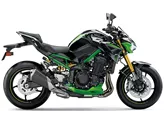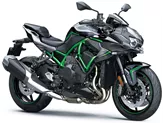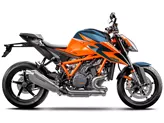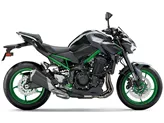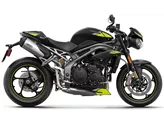Kawasaki Z1000 R 2017 vs. Kawasaki Z1000 2010

Kawasaki Z1000 R 2017

Kawasaki Z1000 2010
Pregled - Kawasaki Z1000 R 2017 vs Kawasaki Z1000 2010
The Kawasaki Z1000 R model year 2017 and the Kawasaki Z1000 model year 2010 both belong to the naked bike category and share many similarities in their technical specifications. Both bikes have an in-line engine with four cylinders and liquid cooling. They also have the same displacement of 1043 ccm. The front suspension of both bikes is an upside-down telescopic fork with adjustment options for compression, preload, and rebound. The rear suspension also has the same adjustment options.
In terms of the chassis, both bikes have an aluminum frame with a double cradle design. The front brakes are double disk with four pistons and use radial technology. The front tire width is 120 mm, and the rear tire width is 190 mm for both bikes. The wheelbase is slightly different, with the 2017 model having a wheelbase of 1435 mm and the 2010 model having a wheelbase of 1440 mm. The seat height and kerb weight are the same for both bikes, with a seat height of 815 mm and a kerb weight of 221 kg. However, there is a difference in fuel tank capacity, with the 2017 model having a capacity of 17 liters and the 2010 model having a capacity of 15 liters.

Kawasaki Z1000 R 2017
The Kawasaki Z1000 R 2017 has some notable strengths. It has a powerful engine with 142 HP, providing a pure power experience. The chassis is high-quality and superior, offering stability, precision, and a full naked bike feeling without the hecticness of a supersport bike. However, it has a limited steering angle and lacks a shift assistant.
On the other hand, the Kawasaki Z1000 2010 also has its strengths. Riders report satisfaction in the saddle, as well as plenty of power and pure pull from the engine. The chassis is good and offers comfort, with tightly tuned suspension elements for a more direct handling experience. The design is also considered sophisticated.
In terms of weaknesses, the Kawasaki Z1000 R 2017 has a limited steering angle, which may affect maneuverability in certain situations. It also lacks a shift assistant, which could be a disadvantage for riders who prefer the convenience of quick shifting.

Kawasaki Z1000 2010
The Kawasaki Z1000 2010 has slightly suboptimal brake inputs, although they are still considered acceptable by most riders.
Overall, both bikes have their strengths and weaknesses, and the choice between them would depend on the rider's preferences and priorities. The 2017 model offers more power and a higher fuel tank capacity, while the 2010 model is praised for its comfortable ride and sophisticated design.
Tehničke specifikacije Kawasaki Z1000 R 2017 u odnosu na Kawasaki Z1000 2010
Prednosti i nedostaci u odnosu na
Prednosti i nedostaci u odnosu na
Kawasaki Z1000 R 2017

Of course, on paper the Z1000R is inferior to current Powernakeds and in a classic points evaluation it also loses to the simply perfect Z900. BUT it still exudes pure fascination. Not everyone will like it, but some will adore it. A truly masculine man's bike with a very superior engine and a chassis from the golden era of naked bikes. The Z1000R is still a true naked bike from Supersport Gene - with all its advantages and disadvantages.
Kawasaki Z1000 2010
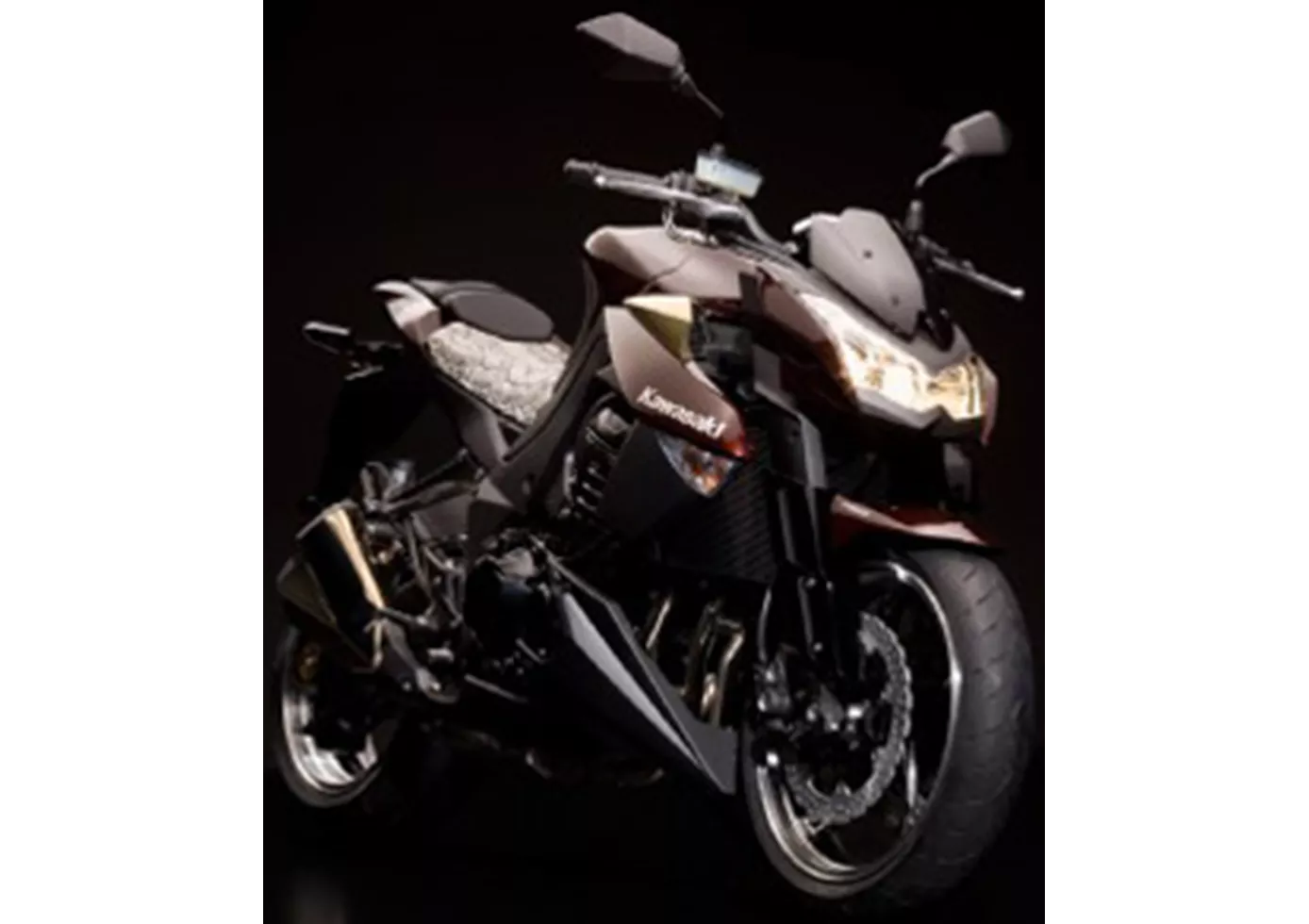
Some made a noble impression at first glance, but the Japanese managed to screw up the whole bike by fitting a single rancid part (exhaust, indicators, swingarm, fork,...). Kawasaki brings the Z 1000 in 2010 all new and all serious.
Usporedba cijena Prosječna tržišna cijena Kawasaki Z1000 R vs Kawasaki Z1000
There are a few key differences between a Kawasaki Z1000 R 2017 and a Kawasaki Z1000 2010. There are the same number of bikes of both models available on the 1000PS.de marketplace, specifically 4. It takes less time to sell a Kawasaki Z1000 with 65 days compared to 173 days for the Kawasaki Z1000 R. Since model year 2017 1000PS.de editors have written 2 reviews for the Kawasaki Z1000 R and 41 reviews for the Kawasaki Z1000 since model year 2005. The first review for the Kawasaki Z1000 R was published on 6/2/2017 and now has more than 46,400 views. This compares to more than 5,800 views for the first review on Kawasaki Z1000 published on 9/2/2002.








